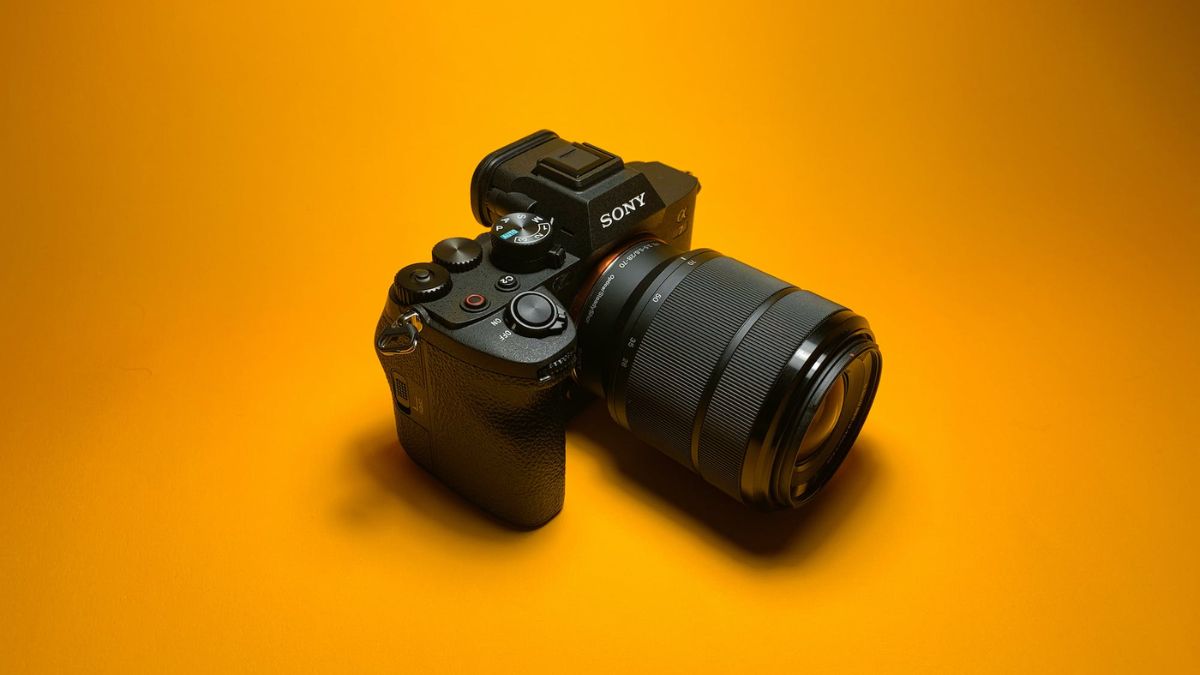Zeiss and Sony e-mount lenses can be used natively, and adapters can be used to increase the selection of available lenses. Sony cameras come in a range of price points for lens apertures, focal lengths, zoom, and prime lenses. This page provides an overview of the e-mount ecosystem.
Which choice is the best? The majority of these lenses’ commercial success stems from their marketability. At least some people discover that certain of these lenses are perfect for their specific requirements. The ability to select the lens that best suits your needs is precisely what makes interchangeable lens systems so alluring.
We don’t mean to sound harsh, but your query gives little information on the purpose or cost of the purchase. Any recommendation I made would be pure speculation based on my personal usage and experiences without knowing more about your needs. We are unable to respond to your inquiry concerning what is “best” since we are unable to determine what is best for you.
Obviously, mirrorless lenses have come up with a design that helps work with mirrorless cameras, while DSLR lenses work well with DSLR cameras. Using an adapter will cause your lens to autofocus slower than it would on your DSLR or equivalent mirrorless lens. Each lens gives you a different set of results based on the camera lens price.
It is possible to manually adapt almost any SLR or DSLR lens to work on just about any mirrorless camera (as well as a Canon EOS DSLR). To convert one lens mount to another, you need a little adapter. Most big camera stores, including B&H and Amazon, sell these.
Manually focusing and stopping down the lens is what you get. In most cases, it may not be easy to adapt fully electronic lenses, such as Canon EF, since EF lenses don’t have manual aperture settings.
Flange distance is the reason, as others have said, for this… the distance between the mounting point and the sensor. There’s probably room to insert an adapter if your camera has a shorter flange distance than the camera whose lenses you want to attach. For both Canon and Nikon, the adapter has the following disadvantages:
It is not necessary to use the wider mount.
An additional fee is charged.
Regardless of how small the weight is, it is there.
As long as neither company produces lenses specifically designed for the new RF or Z mount, we must use the adapter. Aside from that, throwing away excellent DSLR lenses just because they can’t be used with the new wide mounting system would be a shame.
Cameras can be used for a variety of purposes. With both DSLRs and mirrorless cameras, the photo quality is about the same. You can capture very slightly different kinds of pictures and videos with each. A DSLR might be better suited to you if you are considering photography as a career choice or a serious hobby and wish to devote more time and effort to take pictures. Get a mirrorless camera instead if you want a camera that is easy to use while still taking good pictures and gives you the option to try custom/manual settings occasionally.
According to the current lineup, there isn’t much difference between the two regarding image quality. Cameras with DSLRs and mirrorless cameras in the same Sony camera price range have the same sensor size and quality. Additionally, both types of cameras offer full manual controls, presets for portrait, sport, landscape, and low light photography, and RAW image output.
The number of DSLR lenses is much greater and more affordable than mirrorless cameras since DSLRs have been around for much longer. There are mirrorless cameras that come with adapters that let you use DSLR lenses with them, but this makes the setup bulky and heavy, preventing them from truly being mirrorless.
Many Sony adapters can give you the same autofocus, stabilisation, and aperture control as native lenses. Although Metabones seems to be the most popular, Sigma, Commlite, and Viltrox also offer adapters.
The speed boosters work similarly to teleconverters by reducing the focal length of full frame lenses and the Sony camera price to allow them to be used on APS-C cameras with the same angle of view and increasing the maximum aperture by a stop. Although their optical quality isn’t great, they can be handy for wide-angle and low-light photography.
There are still a few options available with other brands of lenses. In terms of autofocus on Sony cameras, Viltrox is most likely the best solution. There is no phase detect autofocus on the a6300, a6500, a7ii, a7rii, and a9, which is why they have a reduced camera lens price, allegedly because the rest don’t have it.

